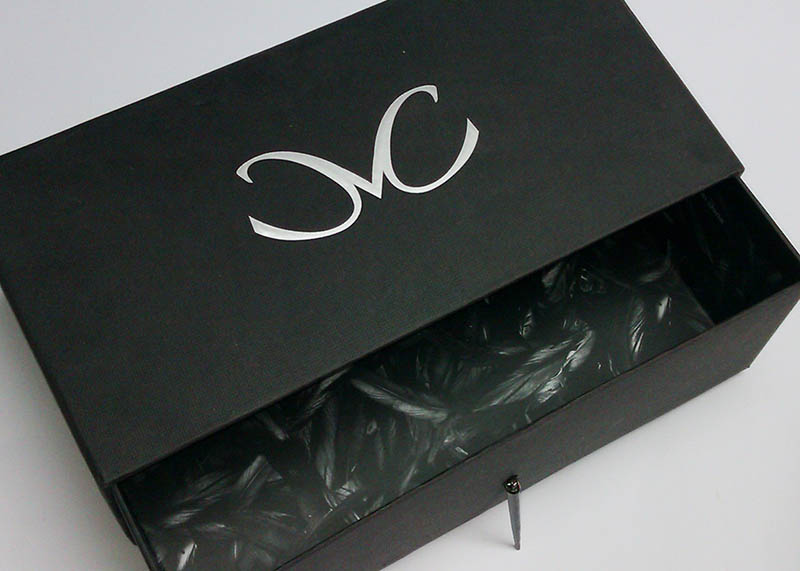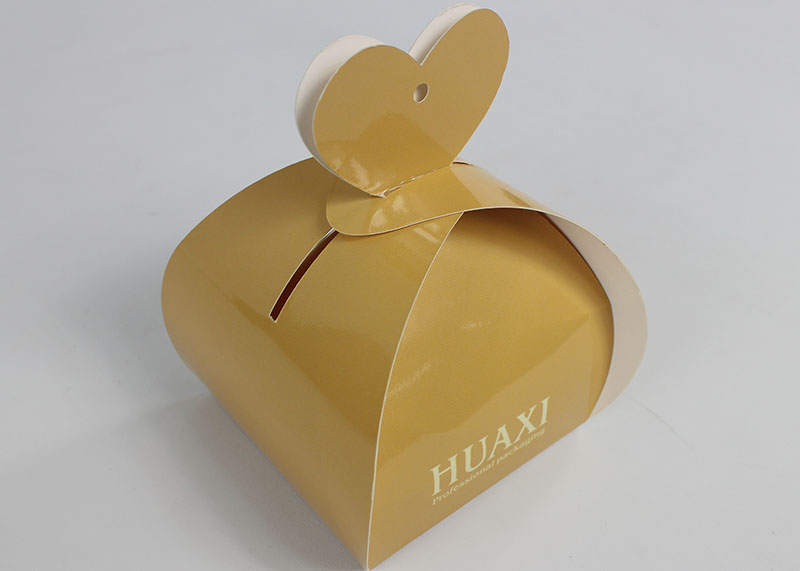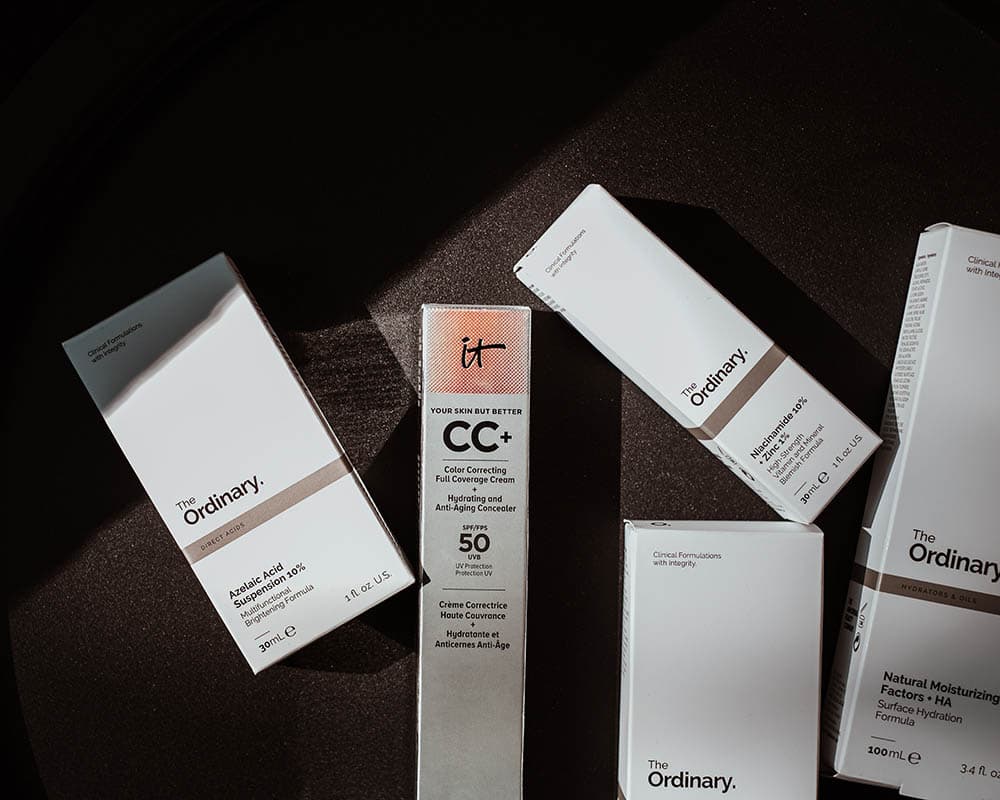Custom packaging is a critical aspect of product presentation and branding. Among the many choices you need to make, deciding between matte and gloss lamination can significantly impact the look, feel, and durability of your packaging.
Matte lamination, also known as matt lamination, offers a subtle, elegant finish, while gloss lamination provides a vibrant, shiny look. This blog aims to compare the pros and cons of each type, helping you make informed decisions for your custom packaging boxes.
Understanding Lamination
What is Matte Lamination?

Matte lamination, also known as matt lamination, provides a sophisticated and elegant finish. This type of lamination creates a softer and more natural look, making it easier for readers to read the document. The velvety texture of matte lamination adds a pleasant tactile experience. Darker colors appear less vibrant due to the softened contrast.
Common Uses in Custom Packaging Boxes
Matte lamination is ideal for products that require a subtle and understated appearance. This finish works well for luxury item boxes, labels, and menu cards. The non-reflective surface reduces glare, ensuring visibility from any angle. Matte lamination is often used for packaging displayed in brightly lit areas to improve readability.
What is Gloss Lamination?

Gloss lamination provides a shiny, reflective finish that enhances the color and vibrancy of the surface. This type of lamination highlights every detail and brings out the full spectrum of colors contained in the ink. Gloss lamination adds a stronger image contrast and color depth, making packaging visually engaging.
Common Uses in Custom Packaging Boxes
Gloss lamination is extensively utilized in commercial contexts, including advertisements and marketing materials. This finish is perfect for packaging that needs to stand out on store shelves. Gloss lamination offers a durable surface that resists scuffs, smudges, and fingerprints. It is commonly used for luxury packaging, posters, and book covers.
Characteristics of Matte and Gloss Lamination
Visual Appeal
Matte Lamination
Matte lamination offers a refined and sophisticated look. The finish appears less reflective, providing a softer visual experience. This type of lamination works well with dark colors, creating an elegant and luxurious appearance. The subdued contrast makes the packaging easier to read, especially in brightly lit environments. Matte lamination often enhances the perceived value of high-end products.
Gloss Lamination
Gloss lamination delivers a shiny and vibrant finish. The highly reflective surface enhances color depth and brightness, making the packaging visually striking. This type of lamination highlights every detail, creating a bold and eye-catching appearance. Gloss lamination suits products that need to stand out on store shelves. The finish adds a dynamic and lively feel to the packaging, attracting consumer attention.
Texture and Feel
Matte Lamination
Matte lamination provides a velvety and smooth texture. The non-reflective surface feels soft to the touch, adding a tactile dimension to the packaging. This type of lamination creates a natural and understated look. The texture enhances the overall user experience, making the product feel more premium. Matte lamination reduces the visibility of fingerprints and smudges, maintaining a clean appearance.
Gloss Lamination
Gloss lamination offers a slick and polished texture. The glossy surface feels smooth and sleek, adding a modern touch to the packaging. This type of lamination provides a durable finish that resists scuffs and scratches. The texture enhances the vibrancy of colors, making the packaging feel energetic and lively. Gloss lamination suits products that require a high-impact visual presentation.
Benefits of Matte and Gloss Lamination

Benefits of Matte Lamination
Professional and Elegant Look
Matte lamination provides a refined and sophisticated appearance. The velvety texture adds a tactile dimension to custom packaging boxes. This type of lamination creates a sober and understated look, enhancing the perceived value of high-end products. Dark colors appear more elegant and luxurious with matte lamination. The non-reflective surface ensures that the packaging remains easy to read.
“Matte lamination gives documents a more sober and refined look. It goes well with dark colors and is good for printing company catalogs, invitation cards, and books.”
Reduced Glare
Matte lamination eliminates reflective effects and glare. This feature makes the packaging easier to read in brightly lit environments. The non-reflective surface ensures visibility from any angle. Matte lamination works well for luxury item boxes, labels, and menu cards. The reduced glare enhances the overall user experience, making the product feel more premium.
Benefits of Gloss Lamination
Vibrant and Shiny Finish
Gloss lamination provides a shiny and reflective finish. This type of lamination enhances the color and vibrancy of the surface. The glossy texture highlights every detail, making the packaging visually engaging. Gloss lamination suits products that need to stand out on store shelves. The finish adds a dynamic and lively feel to custom packaging boxes.
“Gloss lamination makes colors bright and vibrant. It’s flashy and attractive – this is why it adapts so well to advertising documents.”
Enhanced Color and Image Quality
Gloss lamination brings out the full spectrum of colors contained in the ink. The highly reflective surface enhances color depth and brightness. This type of lamination highlights every detail, creating a bold and eye-catching appearance. Gloss lamination offers a durable surface that resists scuffs, smudges, and fingerprints. The enhanced color and image quality make the packaging visually striking and appealing.
Drawbacks of Matte and Gloss Lamination
Drawbacks of Matte Lamination
Less Vibrant Colors
Matte lamination, also known as matt lamination, often results in colors appearing less vibrant. The lack of saturation and depth can make the packaging look dull. This subdued effect may not be suitable for products that need to catch the consumer’s eye. The non-reflective surface softens the contrast, which can diminish the visual impact of custom packaging boxes.
Susceptibility to Fingerprints and Smudges
Matte lamination is more prone to showing fingerprints and smudges. The velvety texture can attract oils from hands, making the surface look dirty over time. Frequent handling can exacerbate this issue, requiring regular cleaning to maintain a pristine appearance. This drawback can affect the overall aesthetic and perceived quality of the product.
Drawbacks of Gloss Lamination
Glare and Reflection Issues
Gloss lamination creates a highly reflective surface. This can cause glare and reflection issues, especially under direct light. The shiny finish can make text and images difficult to read from certain angles. This problem can overshadow the packaging’s design and reduce its effectiveness in conveying information. Gloss lamination may not be ideal for products displayed in brightly lit environments.
Prone to Scratches
Gloss lamination is more susceptible to scratches and other imperfections. The glossy surface can easily show marks, which can detract from the overall appearance. Handling and transportation can introduce scuffs, making the packaging look worn. This issue can affect the durability and longevity of custom packaging boxes, requiring additional care during production and distribution.
Elegant Matte vs Vibrant Gloss Lamination
| Features | Matte Lamination | Glossy Lamination |
|---|---|---|
| Visual Appeal | Refined, less reflective | Shiny, vibrant |
| Texture and Feel | Velvety, soft | Slick, polished |
| Professional Look | Sophisticated, elegant | Bright, flashy |
| Color Depth | Less vibrant | Enhanced vibrancy |
| Durability | Resists fingerprints | Prone to scratches |
| Glare Issues | Reduces glare | Glare and reflection |
Comparison and Situational Uses

When to Use Matte Lamination
Suitable Scenarios
Matte lamination suits products that require a sophisticated and understated appearance. Luxury item boxes benefit from the elegant finish of matte lamination. Packaging displayed in brightly lit areas also gains from the non-reflective surface, which reduces glare and enhances readability. Matte lamination works well for labels and menu cards, where ease of reading is crucial.
Target Audience
High-end consumers appreciate the refined look of matte lamination. This type of lamination appeals to customers who value subtlety and elegance in packaging. Brands targeting a premium market segment often choose matte lamination to convey quality and exclusivity. Products aimed at professional settings, such as corporate gifts or high-end stationery, also benefit from this finish.
When to Use Gloss Lamination
Suitable Scenarios
Gloss lamination excels in contexts where visual impact is paramount. Packaging that needs to stand out on store shelves benefits from the vibrant and shiny finish of gloss lamination. Marketing materials, such as posters and advertisements, also gain from the enhanced color and image quality provided by gloss lamination. This finish suits products that require a dynamic and eye-catching presentation.
Target Audience
Consumers drawn to bold and vibrant packaging prefer gloss lamination. This type of lamination appeals to customers who seek visually striking products. Brands targeting a younger demographic or those in competitive retail environments often choose gloss lamination to attract attention. Products that rely on rich colors and detailed images, such as cosmetics or tech gadgets, benefit from this finish.
Additional Considerations
Design Elements
Impact on Branding
Lamination choices significantly impact branding. Matte lamination conveys a sophisticated and elegant image. Brands targeting high-end markets often prefer matte finishes. The velvety texture of matte lamination enhances the perceived value of luxury products. Gloss lamination, however, creates a vibrant and eye-catching appearance. Brands aiming for maximum shelf impact choose gloss finishes. The shiny surface of gloss lamination highlights colors and images, making packaging visually striking.
Aesthetic Preferences
Aesthetic preferences vary among consumers. Matte lamination appeals to those who favor subtlety and elegance. The non-reflective surface of matte lamination provides a natural look. This finish suits products that require a refined presentation. Gloss lamination attracts consumers who prefer bold and dynamic visuals. The reflective surface of gloss lamination enhances color vibrancy. This finish suits products that need to stand out in competitive retail environments.
Customer Preferences
Market Trends
Market trends indicate shifting customer preferences. Recent surveys show an increasing demand for matte lamination. Consumers appreciate the understated look and feel of matte finishes. This trend reflects a growing preference for subtle and sophisticated packaging. Gloss lamination remains popular for products requiring high visual impact. Brands continue to use gloss finishes for marketing materials and advertisements.
Feedback and Reviews
Customer feedback provides valuable insights into lamination preferences. Reviews often highlight the tactile experience of matte lamination. Consumers enjoy the velvety texture and non-reflective surface. Positive feedback emphasizes the premium feel of matte finishes. Gloss lamination receives praise for its vibrant and shiny appearance. Customers appreciate the enhanced color and image quality. Reviews often mention the durability and resistance to scuffs of gloss finishes.
“Matte lamination offers an understated look and feel to packaging, appealing to consumers who prefer a more subtle appearance.”
Both matte and gloss lamination offer distinct advantages. Brands must consider design elements and customer preferences when choosing the right finish. The decision impacts branding, aesthetic appeal, and market positioning.
Conclusion
The blog compared matte and gloss lamination for custom packaging. Matte lamination provides a refined, elegant look with reduced glare. Gloss lamination offers vibrant colors and a shiny finish. For luxury items and readability, matte lamination works best. For eye-catching visuals and durability, gloss lamination excels. Brands must assess their specific needs and customer preferences. The right choice enhances branding and market positioning.
Contact for a Free Consultation!

